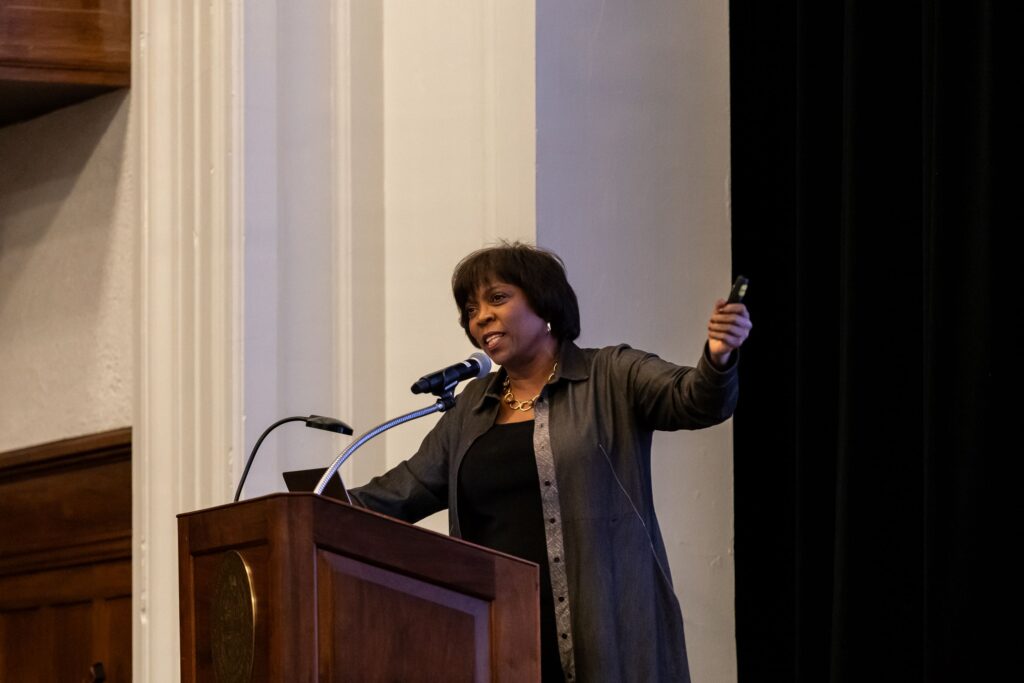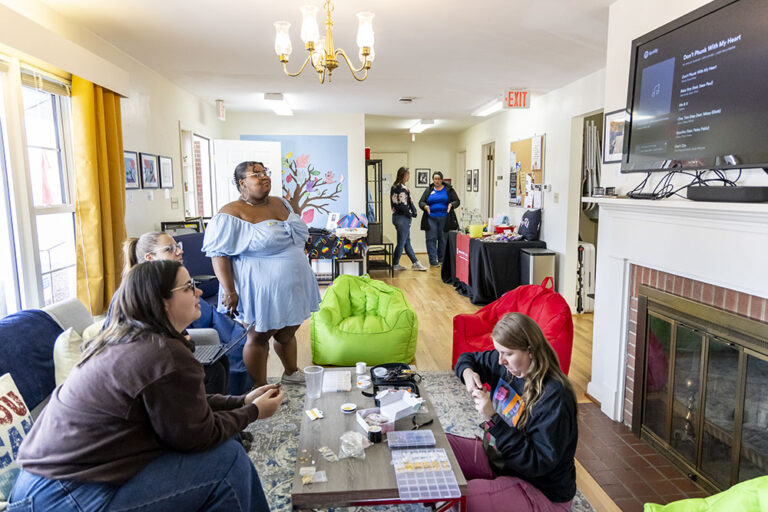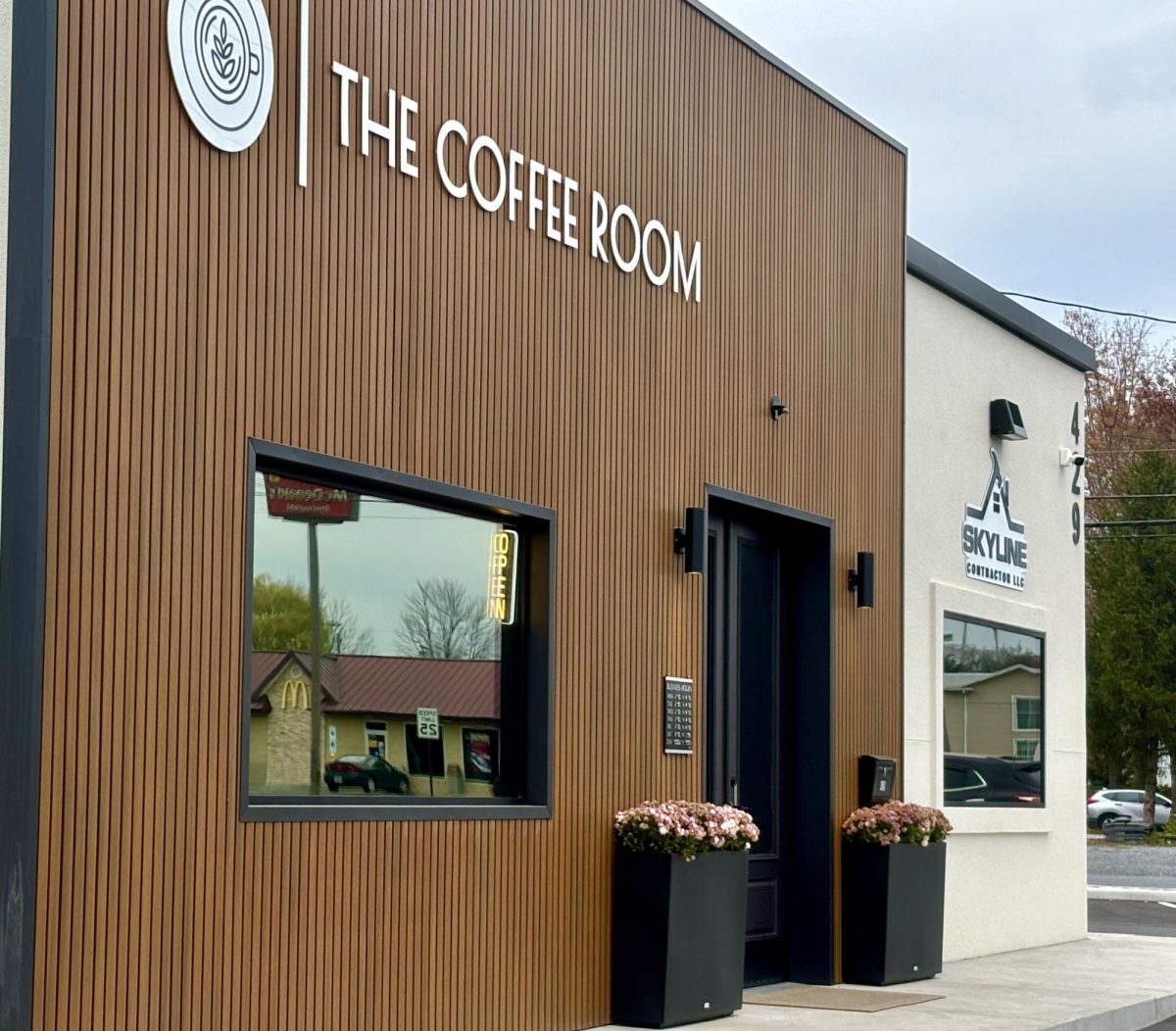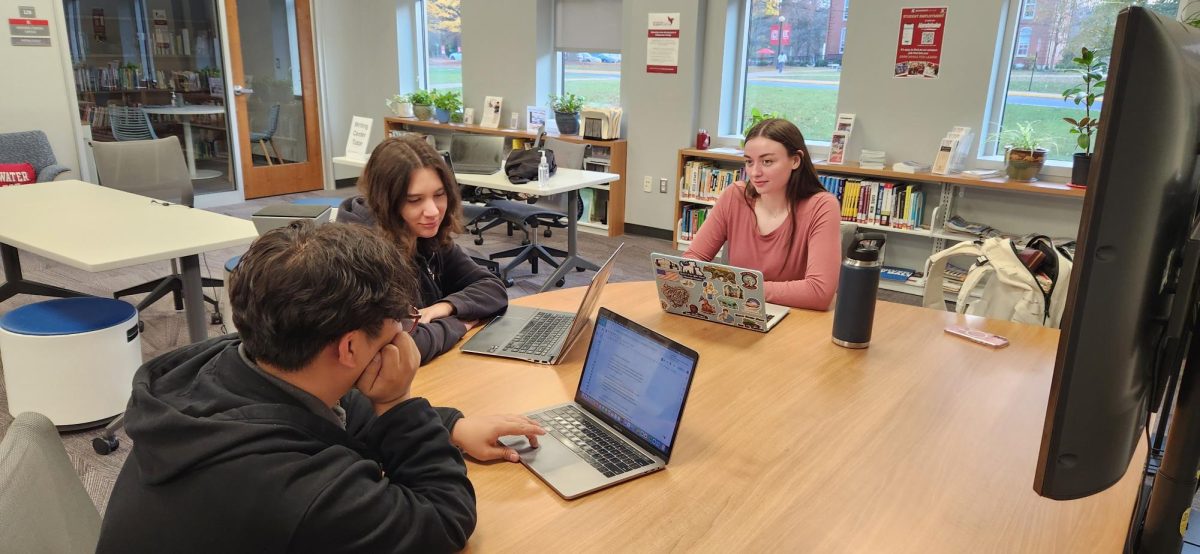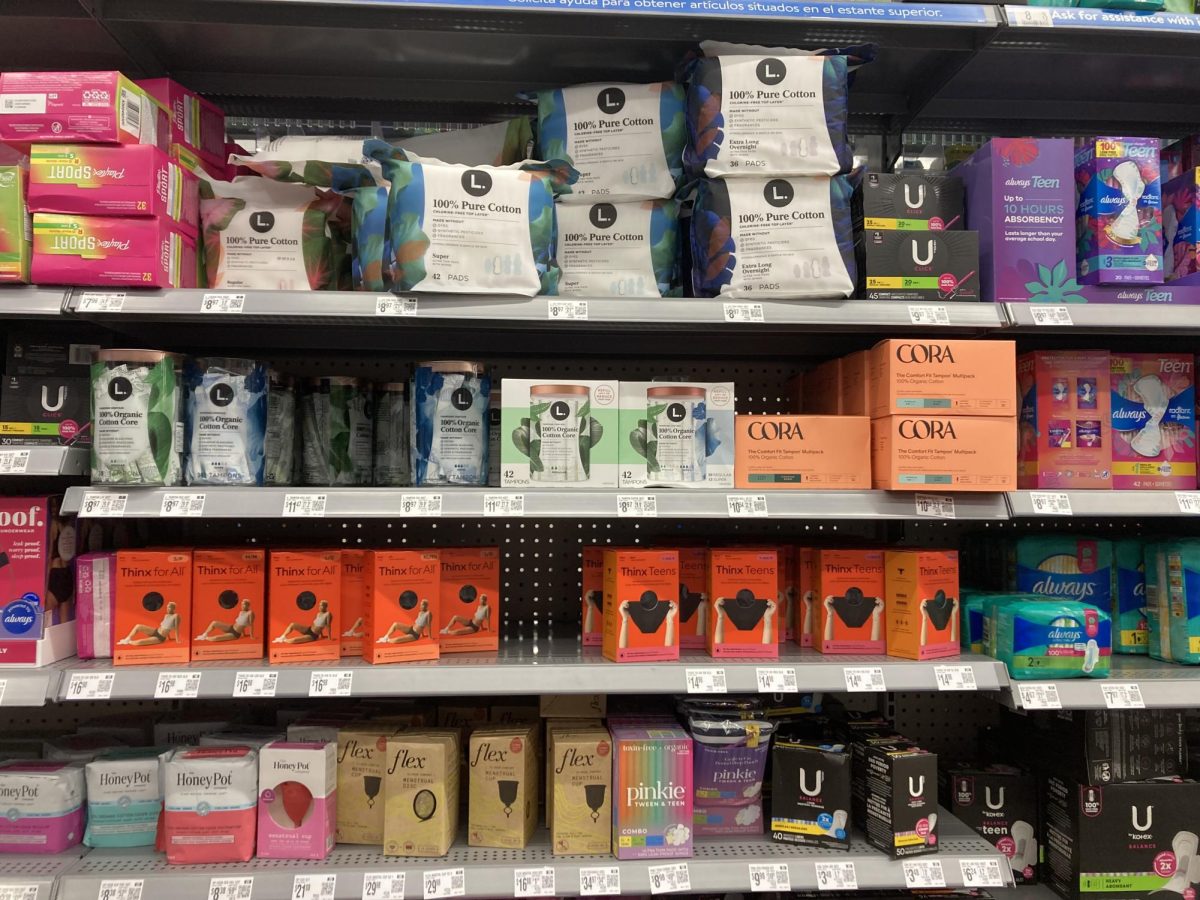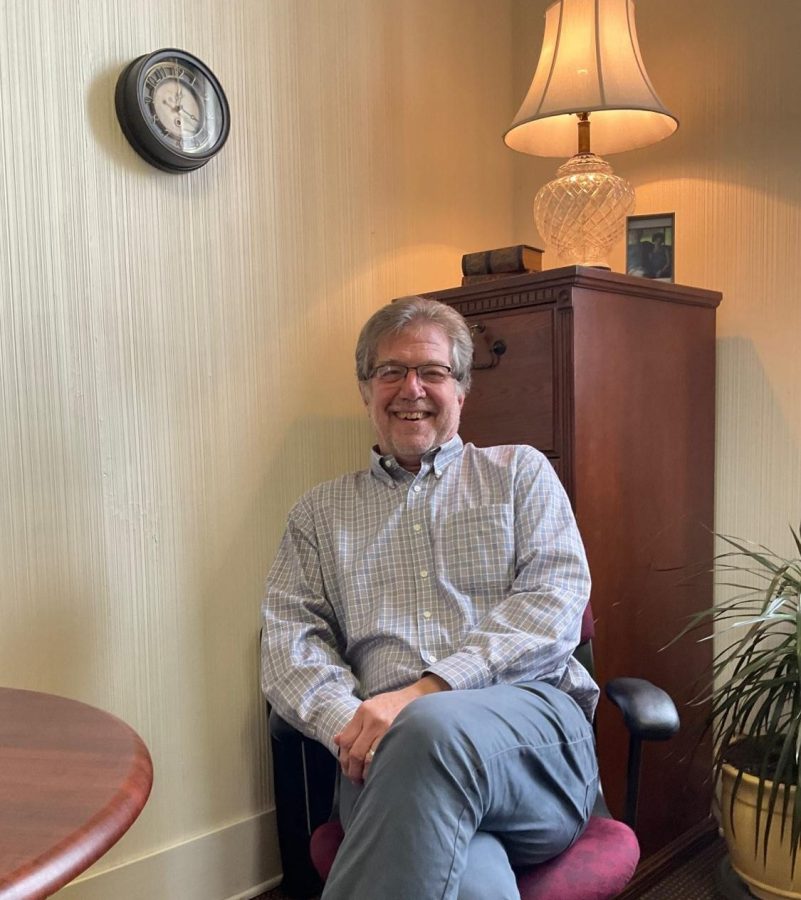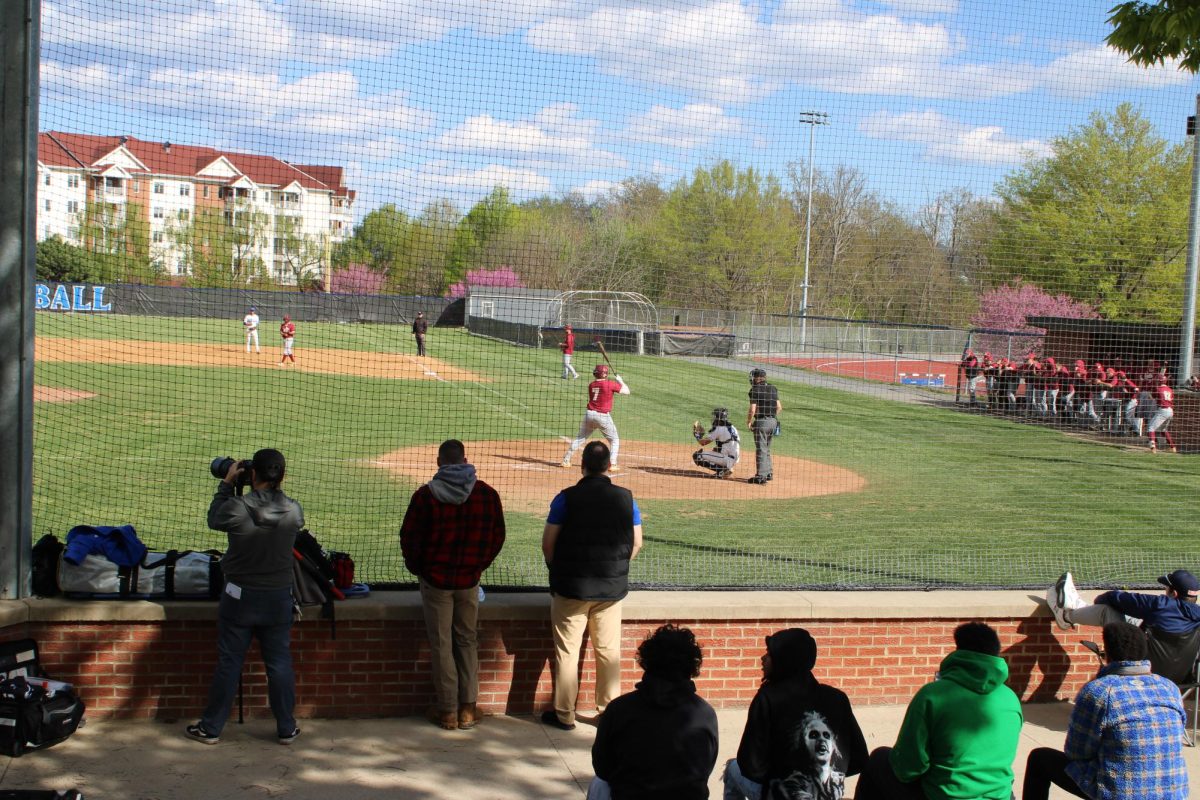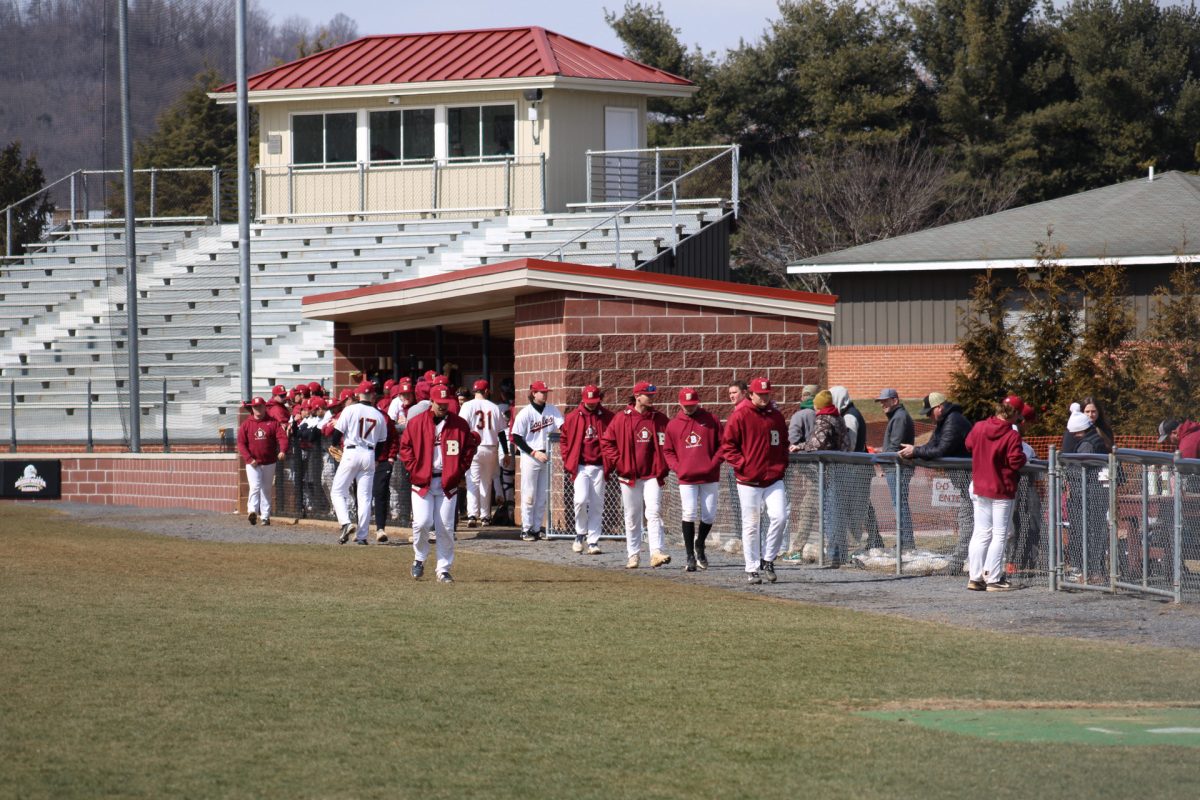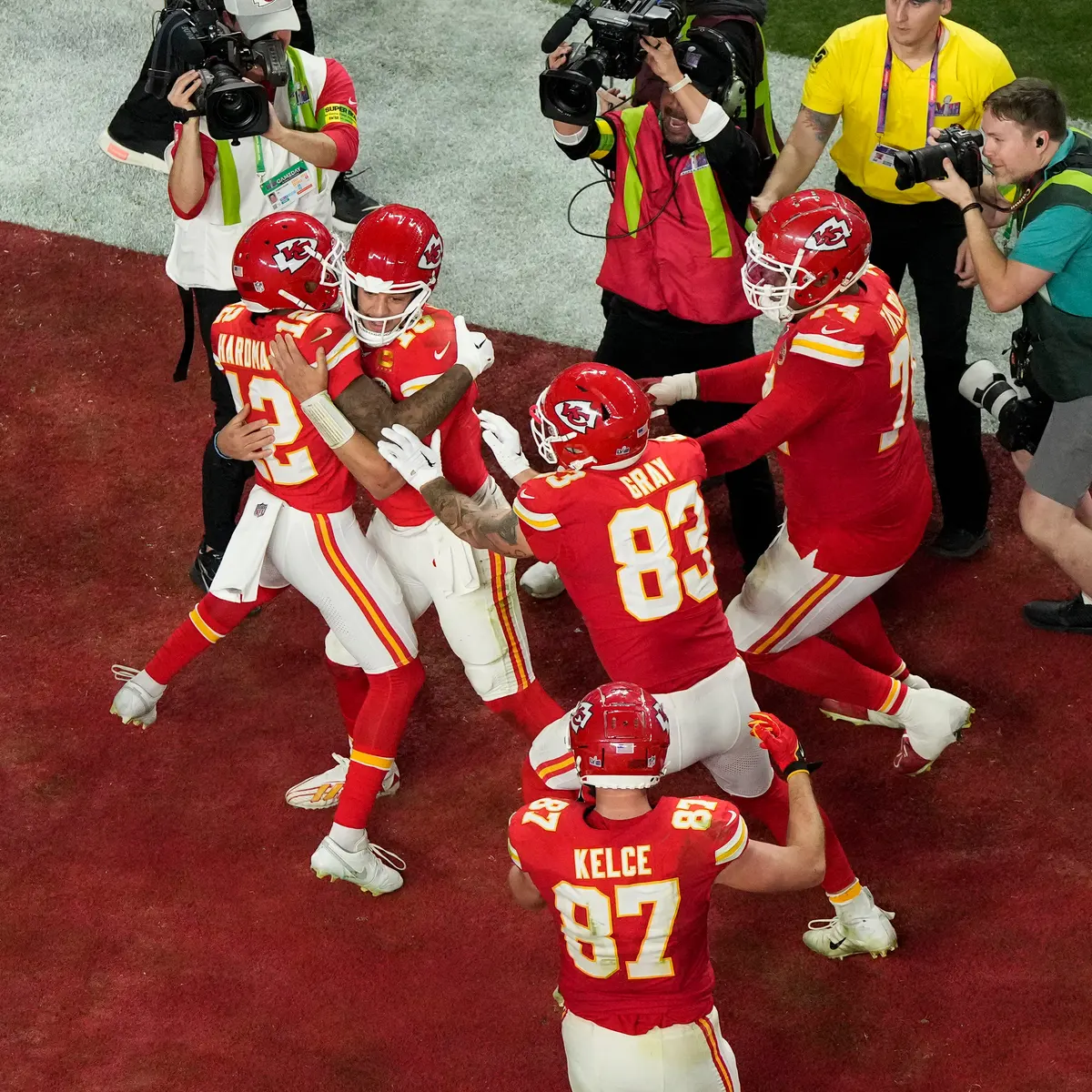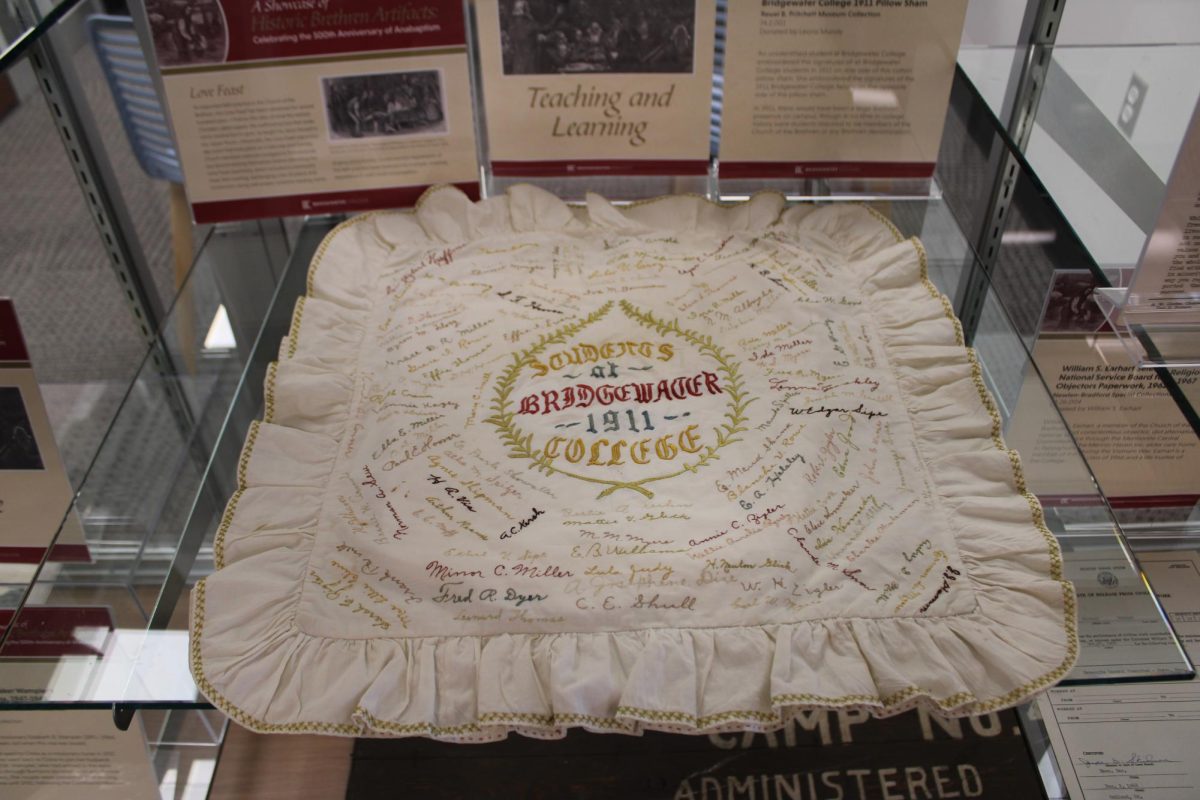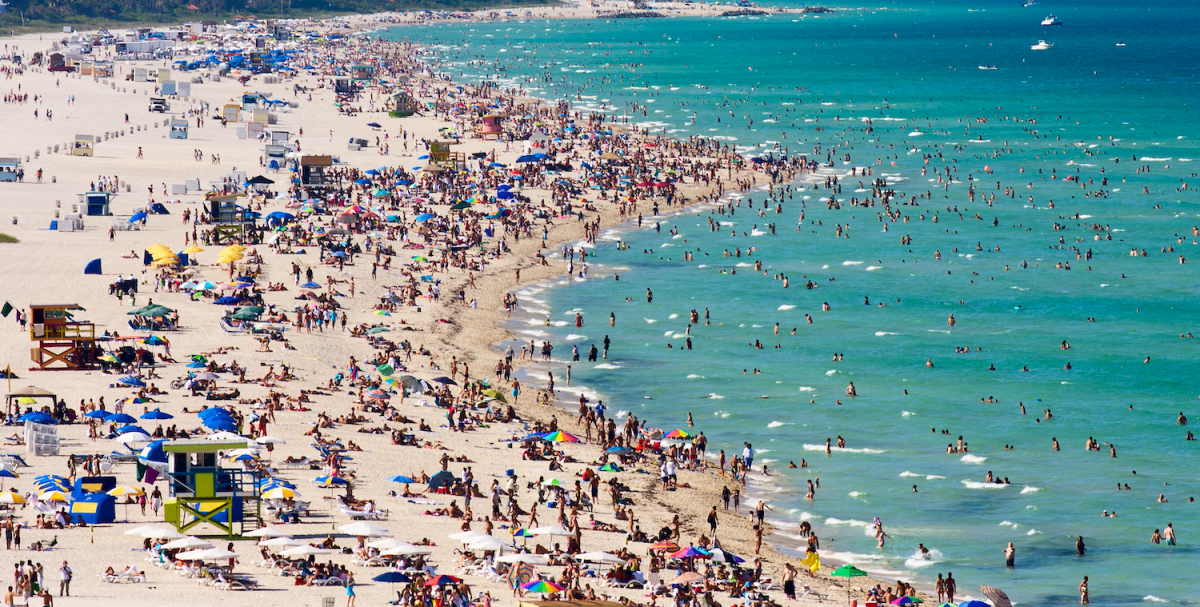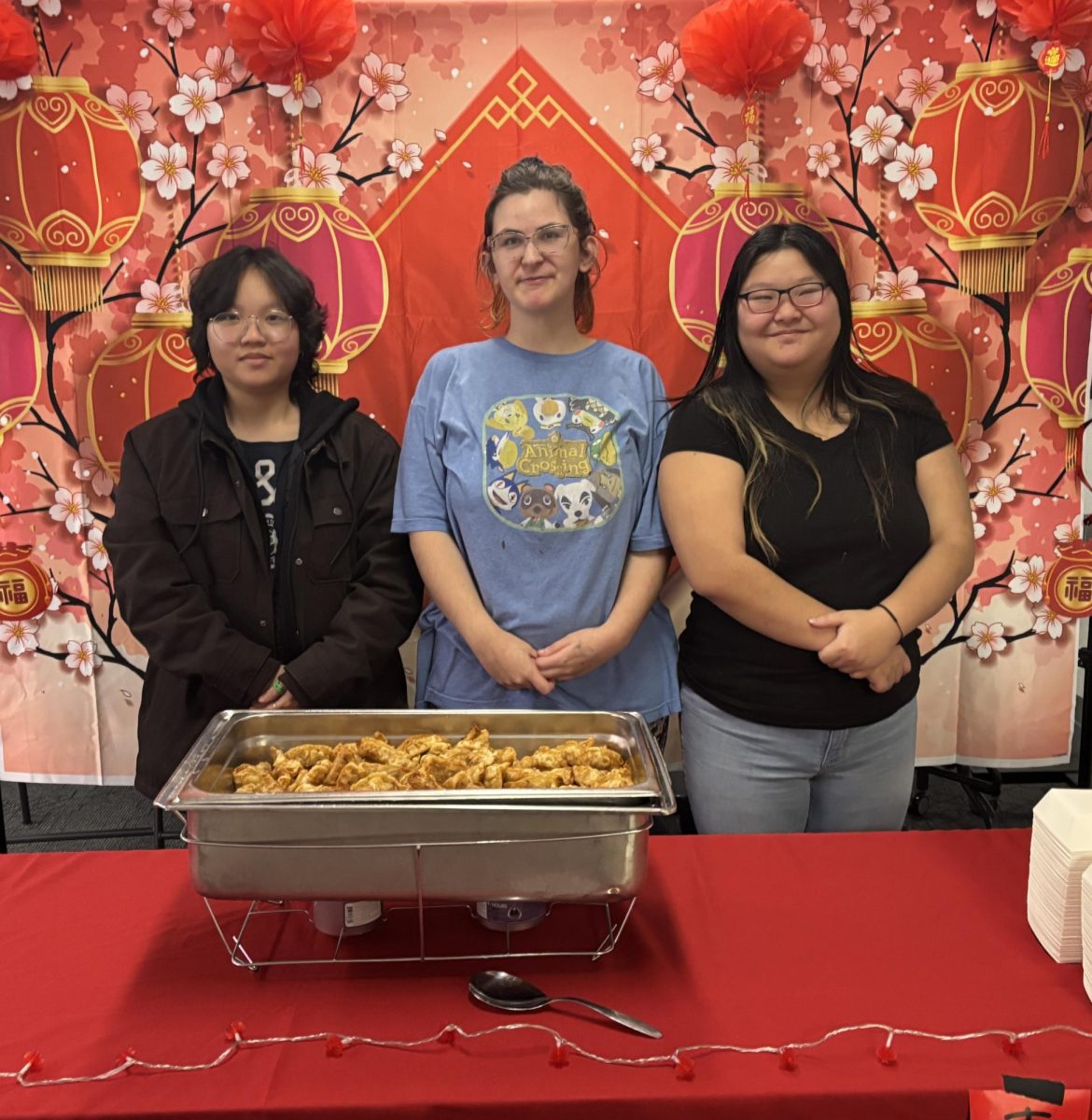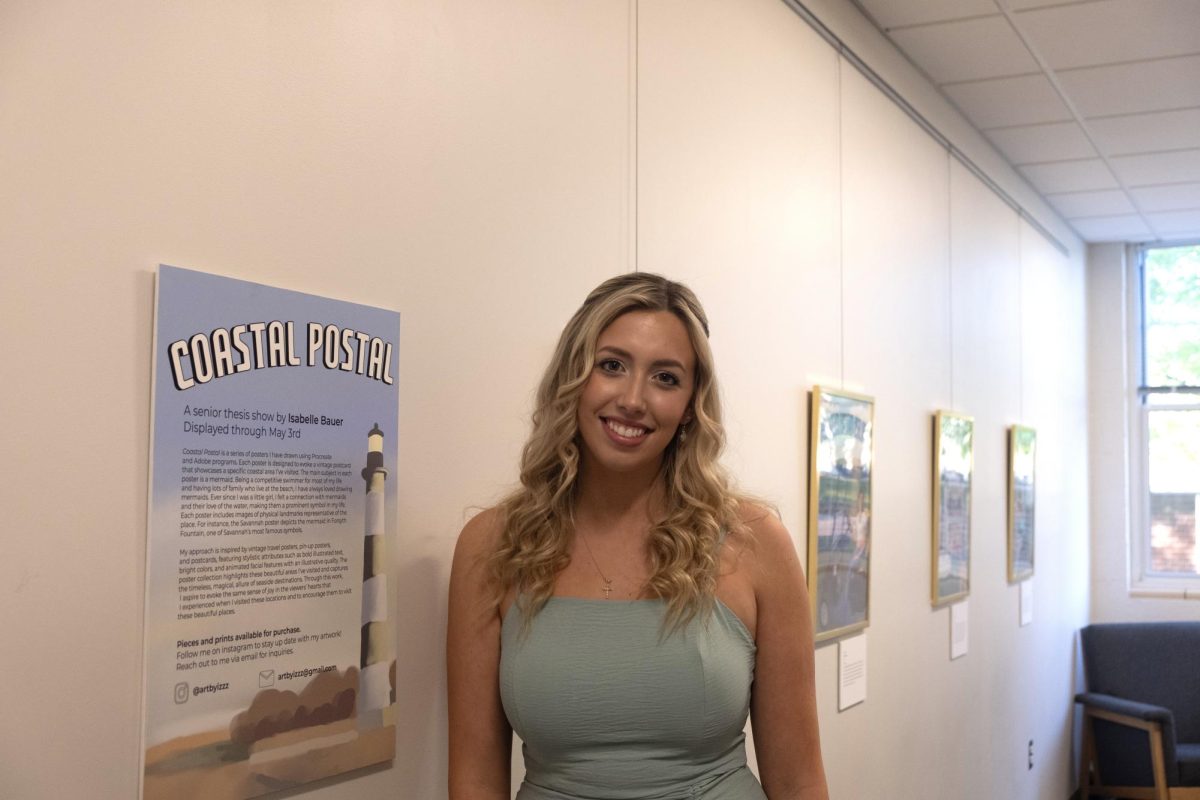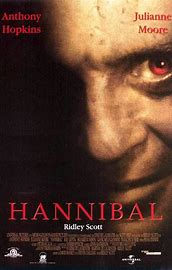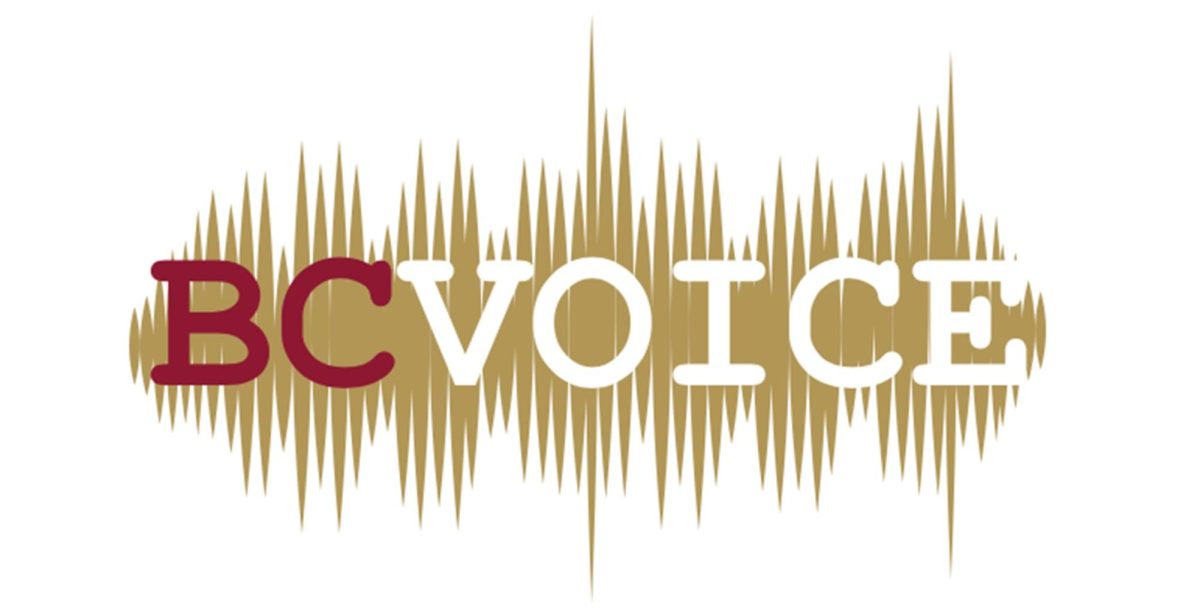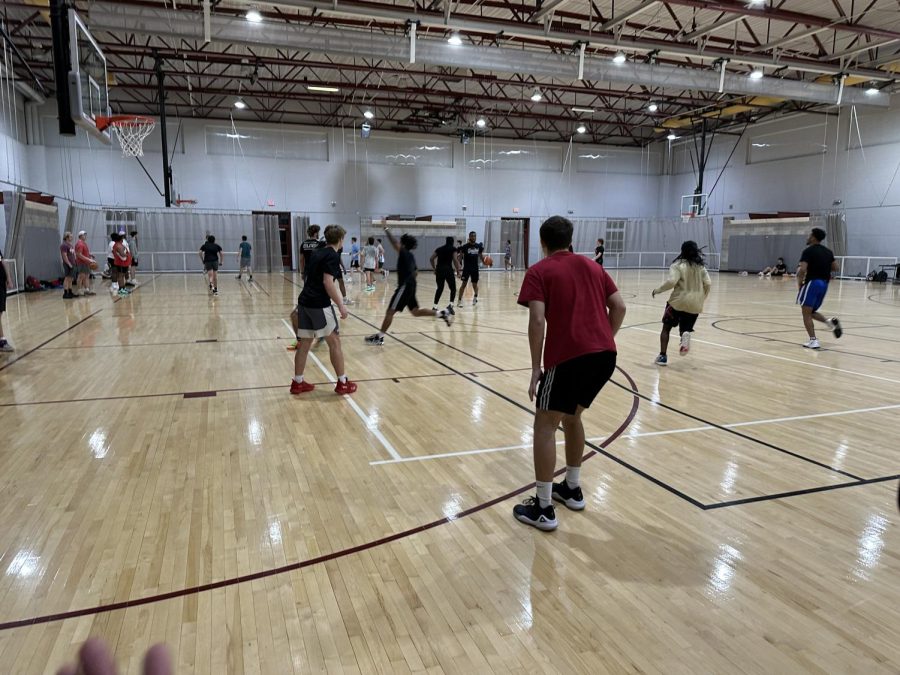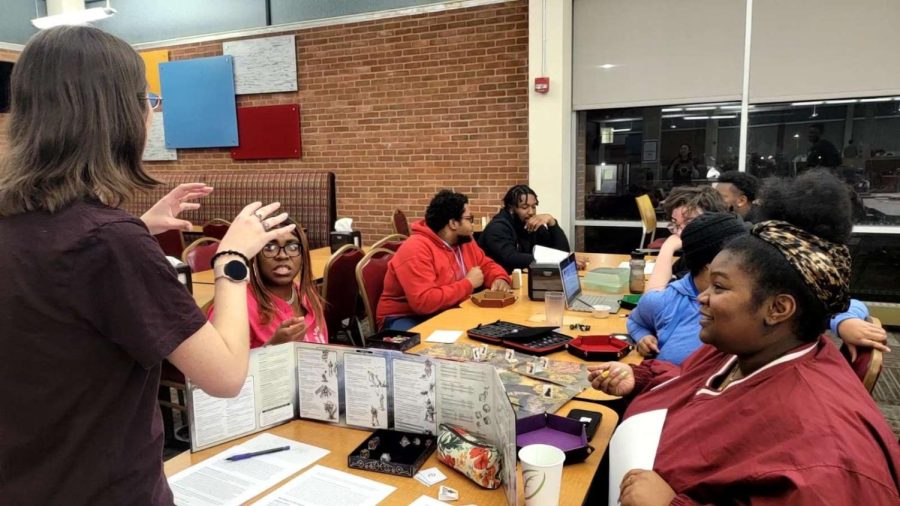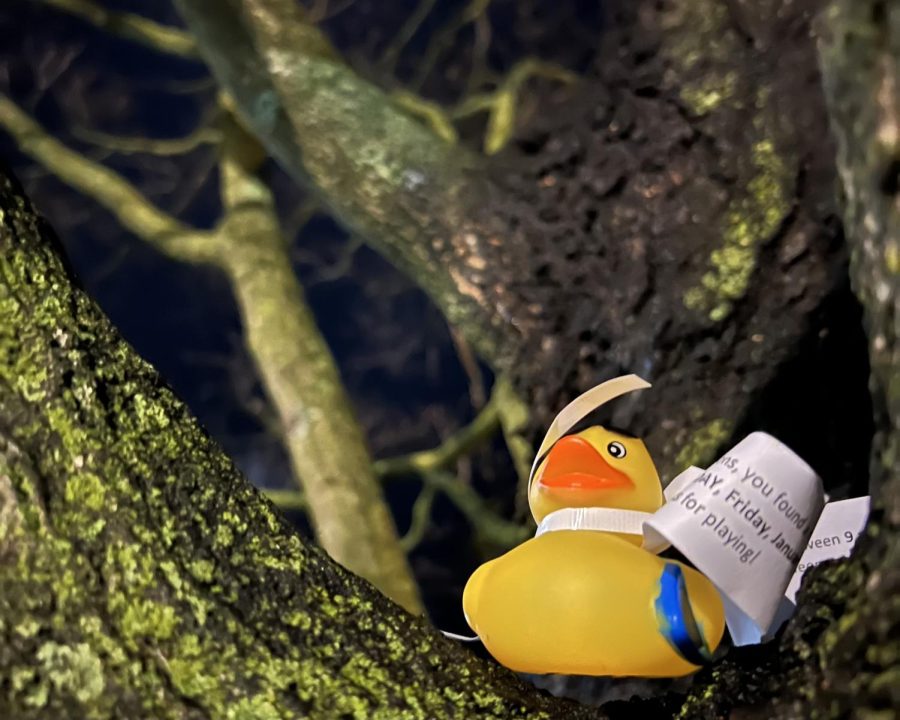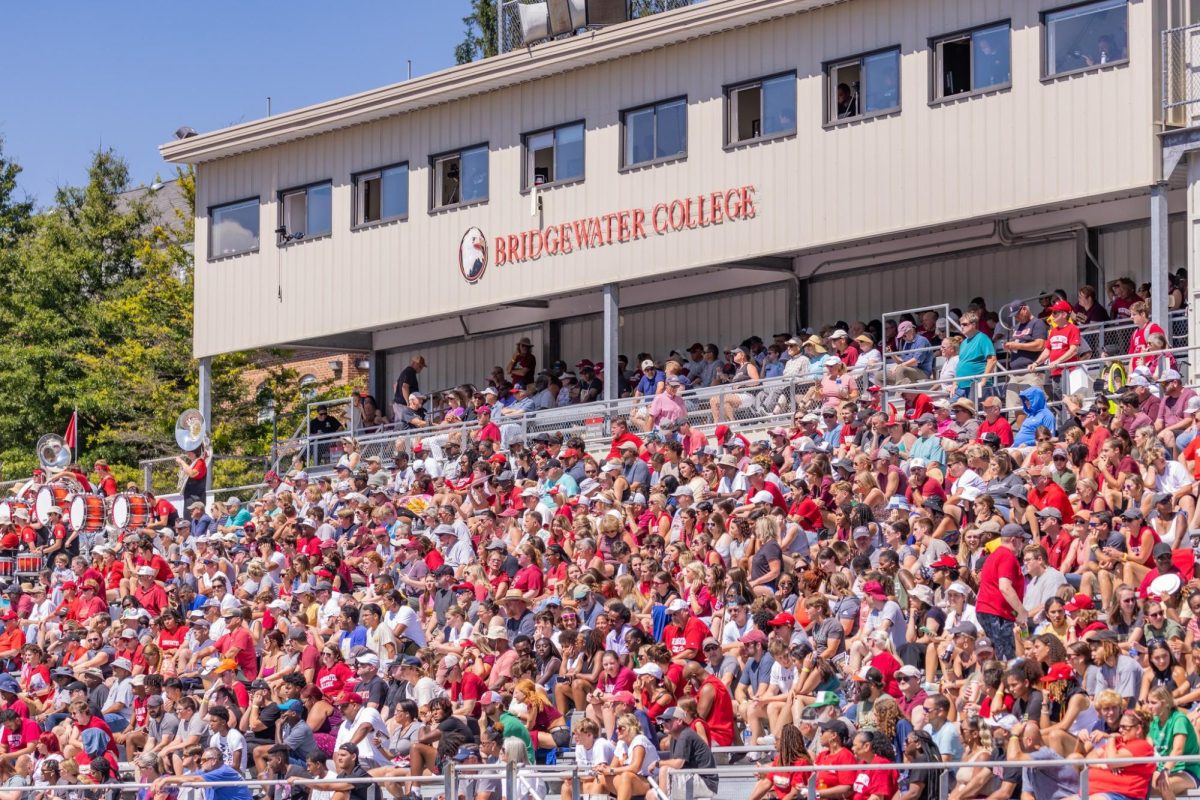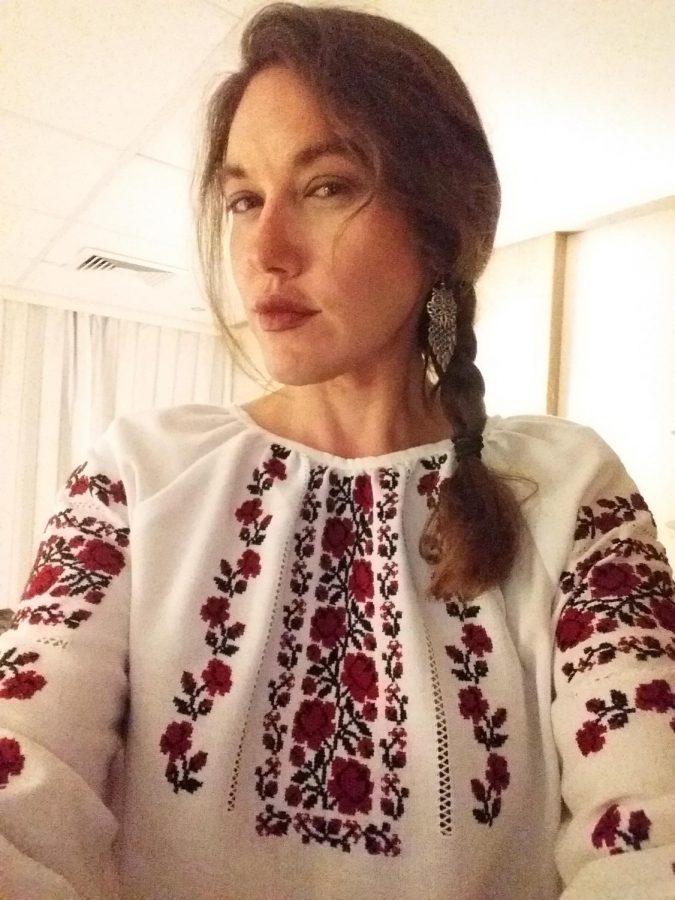How Are You Spending Your Time Social Distancing?
Traditional Ukranian Arts
Nicole A. Yurcaba, instructor of English at Bridgewater College, wearing a vyshyvanka–an embroidered blouse. The vyshyvanka is a form of traditional Ukranian art.
April 7, 2020
In Ukrainian culture, we have a folk tale called “The Legend of the Vyshyvanka.” In this folk tale, a widow named Mariya, after seeing her husband and five of her children pass from the plague, finds herself living alone with her youngest daughter, Ivanka. Ivanka falls ill, and just as Ivanka is wasting away, an old lady stops at Mariya’s door. The old lady tells Mariya that the Black Death is a plague sent by God, and to protect and heal Ivanka, Mariya should sew crosses onto a blouse using black and red threads so that the Devil could see the crosses from afar, but Mariya cannot tell anyone else about the “cure.”
The legend has an awful twist. After Ivanka’s friends die from the plague, Mariya tells the other villagers to embroider crosses in red and black on blouses for the remaining children. The villagers don’t believe Mariya, so she shows them Ivanka who is well and healthy. In the end, Mariya tears the blouse from Ivanka, who instantly withers. Meanwhile, the other villagers return to their homes and begin sewing blouses, and the tradition spreads all through the lands, and that is how the beautiful art of the vyshyvanka (embroidered blouse) that Ukrainians are so well known for began.
A few days into the pandemic’s onslaught, I continued grappling with the changes the days brought—a massive transition to distance-learning; Veterans Affairs placing tight restrictions on my immunosuppressed father who suffers with lupus; an unexpected break-up and the need to relocate back with my parents; the impending Easter holiday which we Ukrainians hold so sacred and that found my parents and I separated from our nursing home ministry in Baker, West Virginia. I found myself wallowing in sadness, passing the running-into-one-another days in quarantine conducting online instruction, writing Covid-19 focused news reports in my journals, penning long letters to my best friend, packing boxes, and turning to what I as a Ukrainian-American do best when faced with chaos and disaster—embroidery work.
We Ukrainians are also known for another mystical art whose symbolisms and origins parallel that of the vyshyvanka—rushynky. Rushnyky are the elaborately sewn ritual cloths, or towels, that we Ukrainians hang in our homes around our ikons, around our photos of deceased loved ones. We keep them on our tables as runners as well, and each Easter season we decorate our Easter baskets with them and our pysanka (Easter eggs) and carry the baskets to the church for the traditional blessing of the baskets.
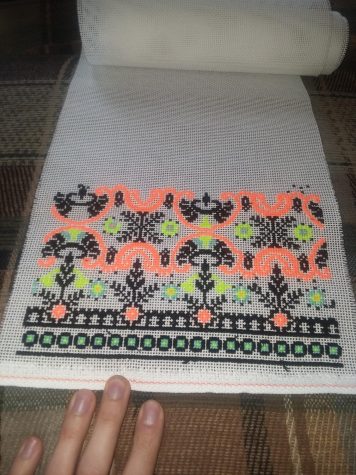
Spending time indoors during the pandemic, Yurcaba began sewing rushnyky inspired by embroidery books and what was left in her sewing trunk.
Many years ago, when I was still a young girl living in a rural Pennsylvania coal town, my grandmother taught me to sew, and as we sewed and stitched together, she recited folk tales such as “The Legend of the Vyshyvanka.” Years later, after my grandmother passed, I carried on sewing rushnyky. Thus, my under-quarantine rushnyky sewing began slowly, a few geometric designs in black DMC thread on a 39”-long mono canvas swath. As I rummaged through my large collection of Ukrainian embroidery books, I found an elaborate pattern of whorls and leaf shapes, stars and squares, from Western Ukraine—the place my family once called home. The traditional color scheme called for black, a light orange, and red, but in my sewing trunk, I found a different set of inspiration—skeins of fluorescent orange, teal, and florescent yellow. When I chose the colors, I thought of TS Eliot, one of my favorite poets—“And so the darkness shall be the light, and the stillness shall be the dancing.”
The Ukrainian writer Liudmyla Taran, in her work titled “My Autobiography,” states “Ukrainians are dreamers, even during the most unsuitable time for that.”
As I write this, I cannot recall how many times I have recited “The Legend of the Vyshyvanka” as I’ve worked on my rushnyk. A few days into the distance-learning, I shared the folk tale with my Ukrainian literature students, thinking it might be some sort of comfort in these utterly confusing times. I am not nearly finished with my rushnyk, but then again, none of us know when this pandemic will end, and I keep hearing my grandmother reminding me as she did when we sat sewing together: “Nikola, you have time. There’s no rush.”

Each Easter season, it is a Ukranian tradition to place pysanka, which are Easter eggs, into baskets for blessings at church.
However, whenever this pandemic does end, I plan on having the rushnyk finished so that I can give it to my half-sister, a pharmacy worker in South Carolina who called me a couple of weeks ago and said “I know I’ve been exposed, but how can I not have been in my line of work?” and then told me how she bought an elderly man the last two loaves of bread in the store, because he had only been able to afford one, and she didn’t want him to go without bread.
I hope my half-sister looks at the fluorescent designs dancing amidst the black ones and remembers the folk tale our grandmother taught us, but more importantly, I hope she remembers that even as a pharmacy worker, she served as light to others, especially elderly customers, during these gloaming times.
Nicole ENG 237) typically offered in the spring semester.


